If there’s one thing museums have learned from the pandemic that forced them into cyberspace, it’s that the audience that is hungry for what they have to offer whether lectures, courses or archival treasures—is much larger than they knew.
Like other museums, Jewish museums leaped into the COVID void to meet the demand for remote learning, and the numbers throughout the country tell the same story. An annual conference that the U.S. Holocaust Memorial Museum runs for educators went virtual and jumped from 250 to 1,000 participants. The YIVO Institute for Jewish Research in New York, which opened a new online museum in August, offered a series on the history of Ashkenazi food that drew 11,000, and, according to director Claudia Gould, The Jewish Museum in New York has had “numerous” programs attract 9,000 or more. “Audiences are no longer defined by geography,” says Melissa Yaverbaum, executive director of the Council of American Jewish Museums, adding that this has opened the way for new and innovative partnerships.
Exhibitions, too, have moved online. The drive to digitize museum collections was already well underway before the pandemic, but, says YIVO director Jonathan Brent, “that didn’t really make the collections accessible, since many can be handwritten and in languages people don’t know. Now, at YIVO, we’re building online galleries that show the documents as part of larger narratives, such as one designed around a diary written by an 11-year-old girl in Vilna in 1933-34. There’s potentially no end to the stories we can tell.”
The Skirball Cultural Center in Los Angeles is offering a vast array of virtual programming for adults, and while the building—and its famous Noah’s Ark play area for children—are closed, the center has created an app that allows children to explore the ark and learn more about the Noah story. The National Museum of Jewish History in Philadelphia has refocused its efforts online, offering a topical virtual exhibition on pandemics: “Air and Sunshine: Tuberculosis in America’s Jewish Communities.” And the Jewish Museum of Florida put up a very popular online exhibition on Jewish tattoos right after the pandemic started, documenting the show with photography and technology that’s very intuitive and easy to use. It’s also taking advantage of closure to entirely re-envision its core experience, including rethinking the use of outdoor spaces.
Other museums, too, are experimenting with creative ways of using their outdoor space. A national project called “Dwelling in a Time of Plagues” is pairing Jewish artists with Jewish museums to create specially commissioned artworks and installations designed specifically for the museums’ outdoor spaces. The first effort was centered around the holiday of Sukkot and involved the Jewish History Museum in Tucson, the Holocaust Museum LA and the Oregon Jewish Museum. A second effort will be focused on Passover.
Not all Jewish museums, however, are operating solely in cyberspace. Some have already tackled questions about how and when to reopen their physical spaces. The Contemporary Jewish Museum in San Francisco offers online programs, but also live exhibitions with controlled entry, including “Levi Strauss: A History of American Style.” The Maltz Museum of Jewish Heritage in Beachwood, Ohio is open three days a week, featuring its core exhibition of stories about Jewish immigrants and modern-day Jewish heroes. And The Jewish Museum in New York City opened in October with a new exhibition, “We Fight to Build a Free World,” which examines the role artists have played during “the rise of authoritarianism and xenophobia.”
Still, nearly all Jewish museums are dealing with the economic consequences of full or partial closure. Yaverbaum says that the pandemic has forced them to rethink their revenue models and find new ways of doing business. “There have been some painful layoffs and reductions of functions,” she says, “but I actually expect America’s Jewish museums to make it through 2020. Let us hope that 2021 is a more certain year for all of us, so we can move forward from strength to strength.”

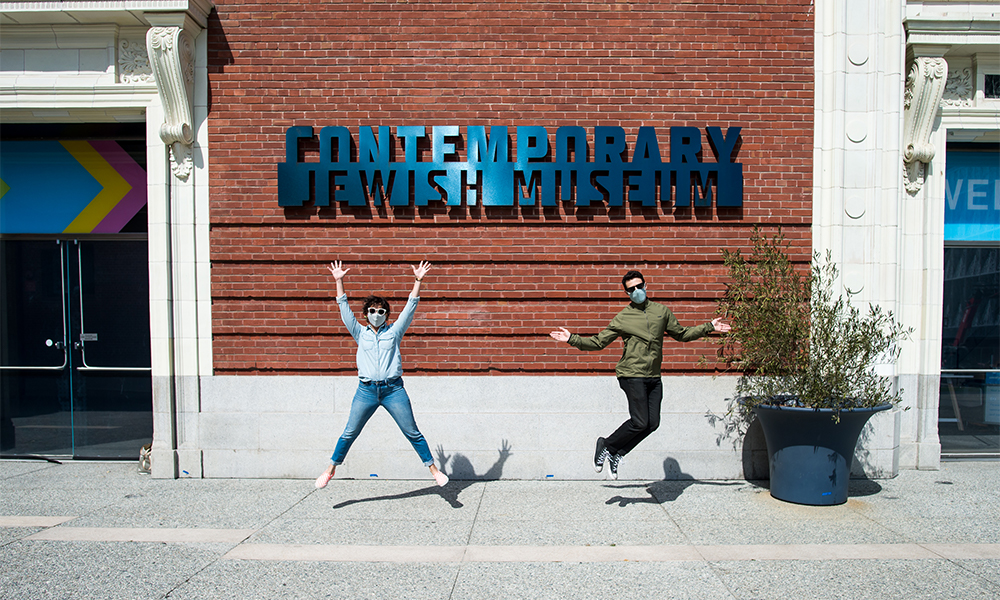
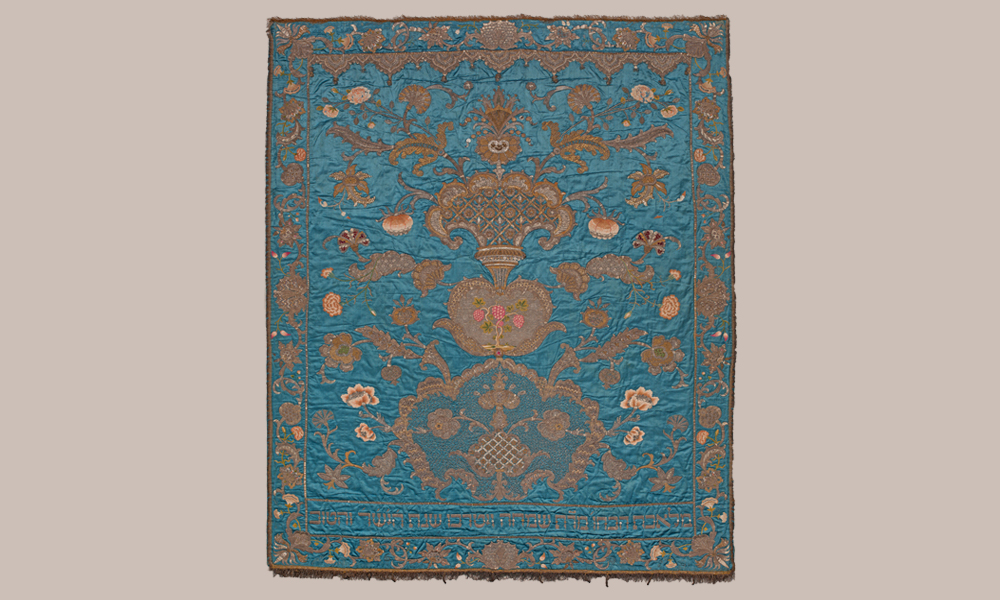


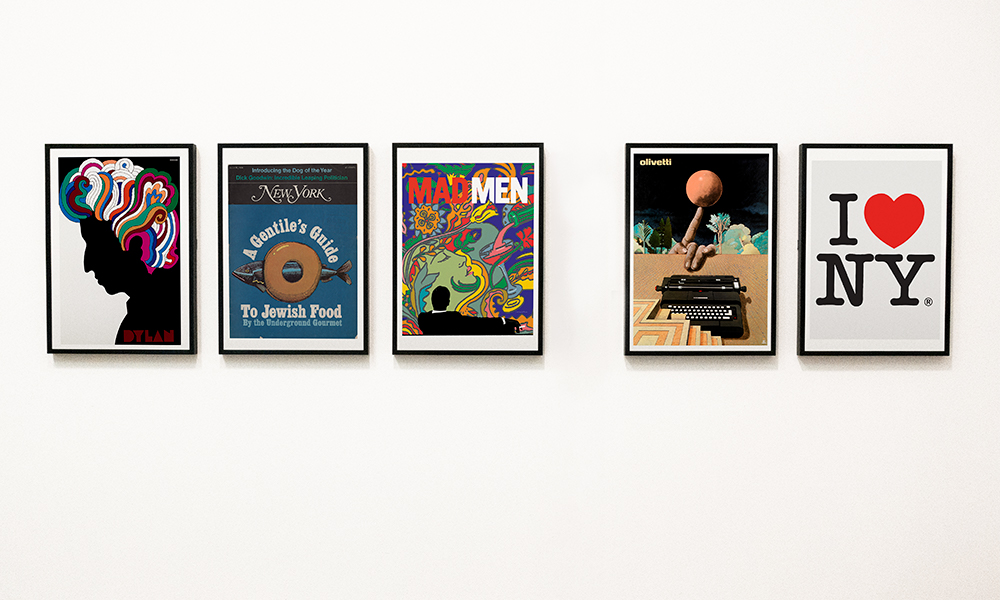


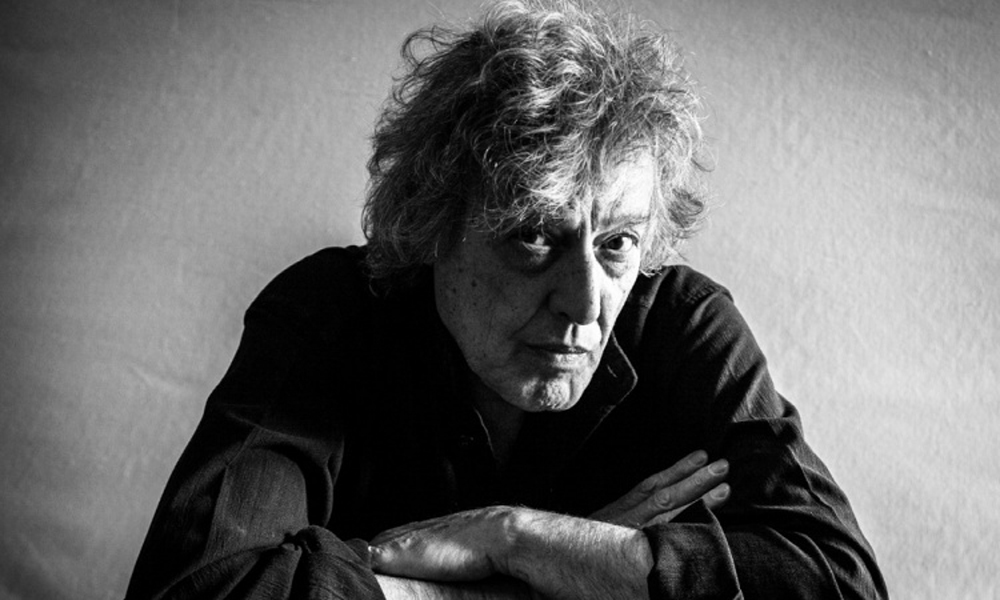
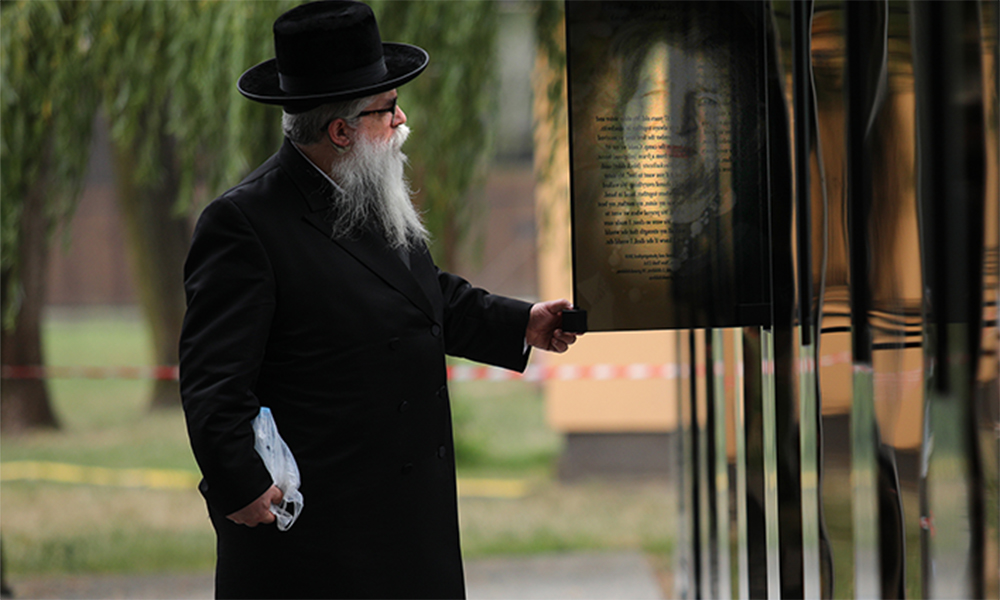


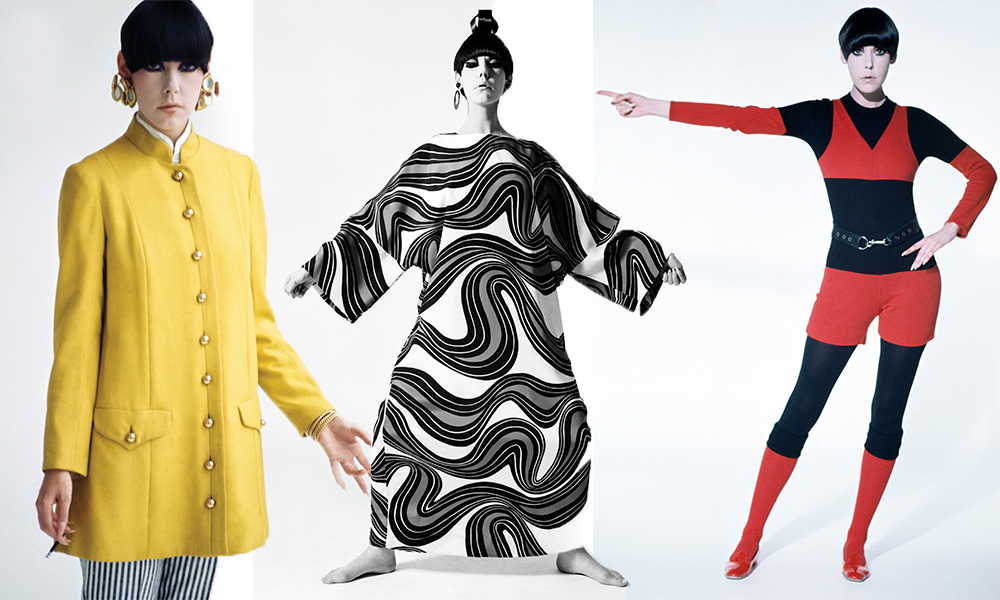

Digital representations of art… leave me cold… Its as good as watching some one eat… no depth, no size… unfulfilling. It’s interesting BUT it is not art… I have seen numerous movies, travelogues, photos etc… but Until I went there and smelled (yes, smelled it) it was educational. but not Paris… canning lectures for shut ins (covid, shut ins) is nice, But I am afraid that it is becoming the NEW NORM… just like going to diner in sweat pants and clogs